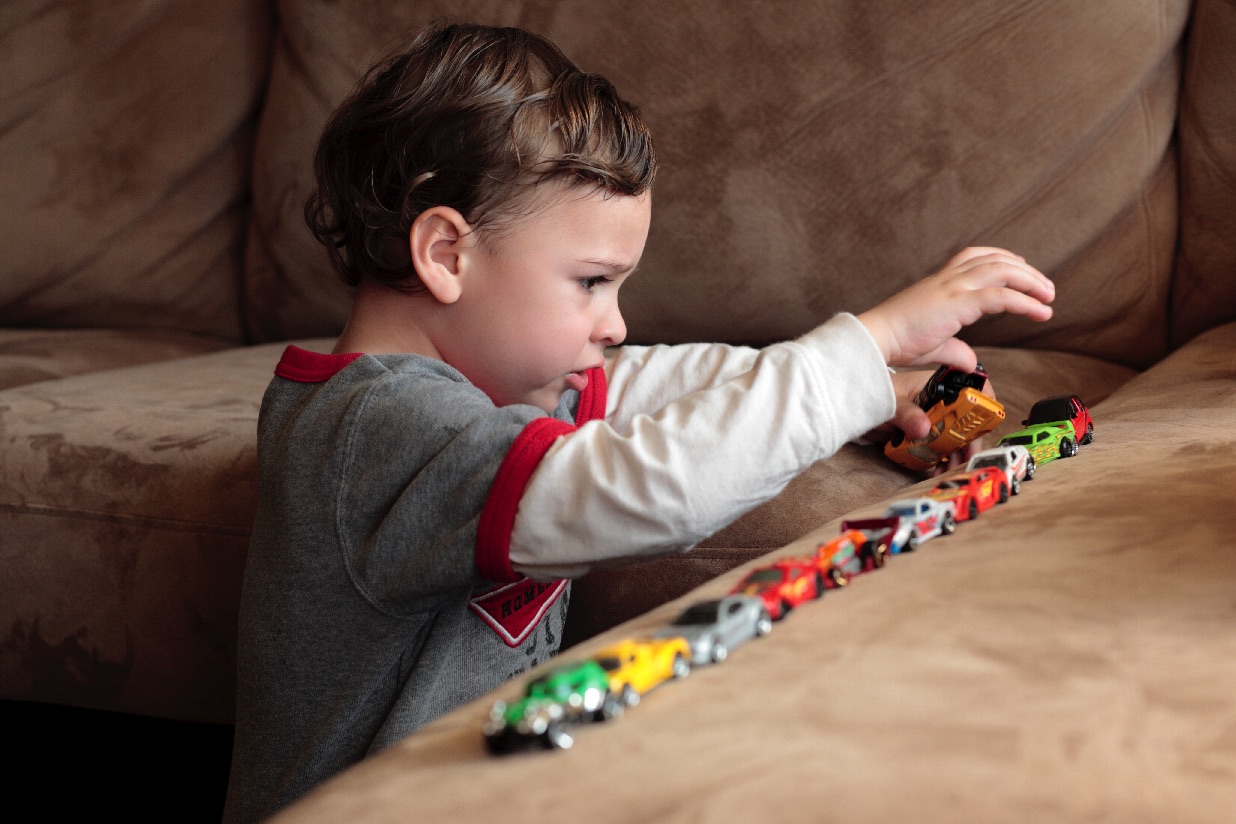What is Autism Spectrum Disorder (ASD)?

The Diagnostic and Statistical manual of Mental Disorders (DSM-V) precisely answers the question of What is Autism and Autism Spectrum Disorder (ASD). Children with ASD are less able to navigate and interact with the world than other children. Typically, they have deficits in three key areas:
- Verbal and non-verbal communication
- Social awareness and interactions
- Imaginative play (variable interests and behaviours)
Over time, there have been many labels given to children with autism at different points along the autism spectrum. At the lower end of the spectrum, there existed older labels such as ‘Asperger’s Syndrome’ or ’High Functioning Autism’. At the higher end of the spectrum,you may recognise terms such as ‘Autism’, ‘Classic Autism’ and ‘Kanner Autism’. However,in the DSM-V, all these labels fall under the umbrella term Autism Spectrum Disorders (ASD).
At BNC, we believe that diagnosing autism is a good starting point, that makes it possible for health professionals to assess the individual and recommend interventions that address potential causal factors. There is evidence to suggest that the examination and treatment of biological, nutritional, and metabolic factors, when combined with ABA-based early intervention, lead to significant improvements in the behavioural symptoms of ASD. We believe that ASD is treatable, and recovery is possible. The Autism Research Institute, Defeat Autism Now, Autism One, and Generation Rescue, are all US-based organisations that host conferences and run training programs. These organisations support the view that biomedical interventions and ABA therapy are the most effective treatment options for children with ASD.
Autism Meaning
Below if the criteria for ASD, as defined by the Diagnostic and Statistical Manual of Mental Disorders (DSM-V). It is imperative that parents seek a professional opinion if they suspect their child has ASD. ASD should be diagnosed by a registered psychologist who specialises in the area.
Please call the clinic for advice.
A total of six (or more) items from the three domains, with at least two affecting social interactions and one each affecting communication and stereotypical behaviours.
Impairment in social interaction domain:
- Marked impairment in the use of multiple non-verbal behaviours such as eye-to-eye gaze, facial expression, body postures, and gestures to regulate social interaction.
- Failure to develop peer relationships appropriate to developmental level.
- Lack of spontaneous seeking to share enjoyment, interests, or achievements with other people (e.g., by a lack of showing, bringing, or pointing out objects of interest).
- Lack of social or emotional reciprocity.
Impairment in Communication domain as manifested by at least one of the following:
- Delay in, or total lack of, the development of spoken language (not accompanied by an attempt to compensate through alternative modes of communication such as gesture or mime).
- In individuals with adequate speech, marked impairment in the ability to initiate or sustain a conversation with others.
- Stereotyped and repetitive use of language or idiosyncratic language.
- Lack of varied, spontaneous make-believe play or social imitative play appropriate to developmental level.
Restricted repetitive and stereotyped patterns of behaviour, interests, and activities, with at least one of the following:
- An encompassing preoccupation with one or more stereotyped and restricted patterns of interest that is abnormal either in intensity or focus.
- An apparently inflexible adherence to specific, non-functional routines or rituals.
- Stereotyped and repetitive motor mannerisms (e.g., hand or finger flapping or twisting, or complex whole-body movements).
- Persistent preoccupation with parts of objects.
Delays or abnormal functioning in at least one of the following areas, with onset prior to age 3 years:
- Social interaction,
- Language as used in social communication, or
- Symbolic or imaginative play (role playing or pretending).




